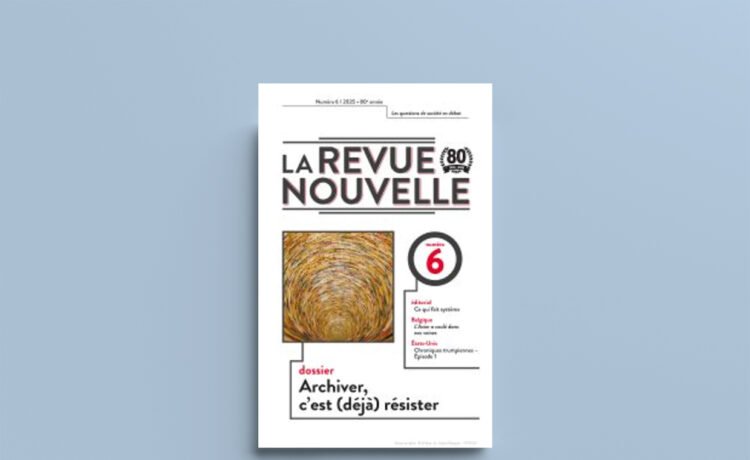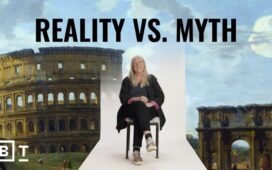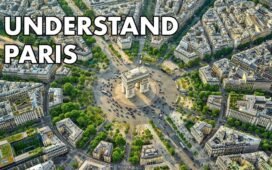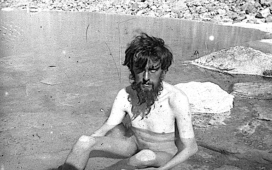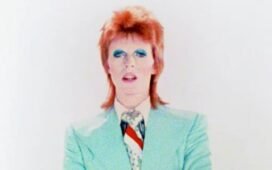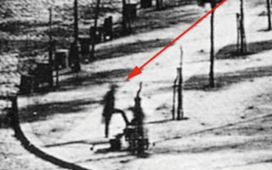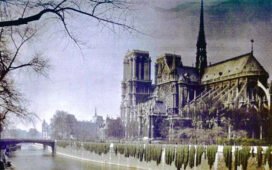On 18 October 2024, artists and scientists gathered at the Université libre de Bruxelles to explore the possibilities of ArtScience, ‘a space for the co-construction, integration, and transformation of knowledge, practices and mindsets’.
In La Revue Nouvelle (Belgium), Raoul Sommeillier, co-founder of the Brussels-based ArtScience organisation Ohme, explains that the approach emerged as a response to the ‘systemic challenges of the twenty-first century’ and the question of ‘how to rebuild collective meaning in the face of the climate crisis, the fragmentation of knowledge, and the undermining of scientific discourse’. These complex challenges will remain insurmountable unless we can imagine new ways of understanding and acting that break down the silos between natural sciences, the humanities and art.
According to Sommeillier’s theory of ‘domains of validity’, ‘all knowledge is partial and situated, … and the complexity of reality often cannot be grasped without the simultaneous use of multiple, sometimes counterintuitive or contradictory models’.
The goal of Ohme’s diverse transdisciplinary projects – which have included artist’s residences, installations, performances, exhibitions and experimental classes – is ‘not just to bring disciplines together, but to reconfigure frameworks, develop new methods, and create shared languages’. If ‘doubt, ignorance or discomfort are the foremost drivers of discovery,’ then ‘curiosity becomes an ethical disposition’.
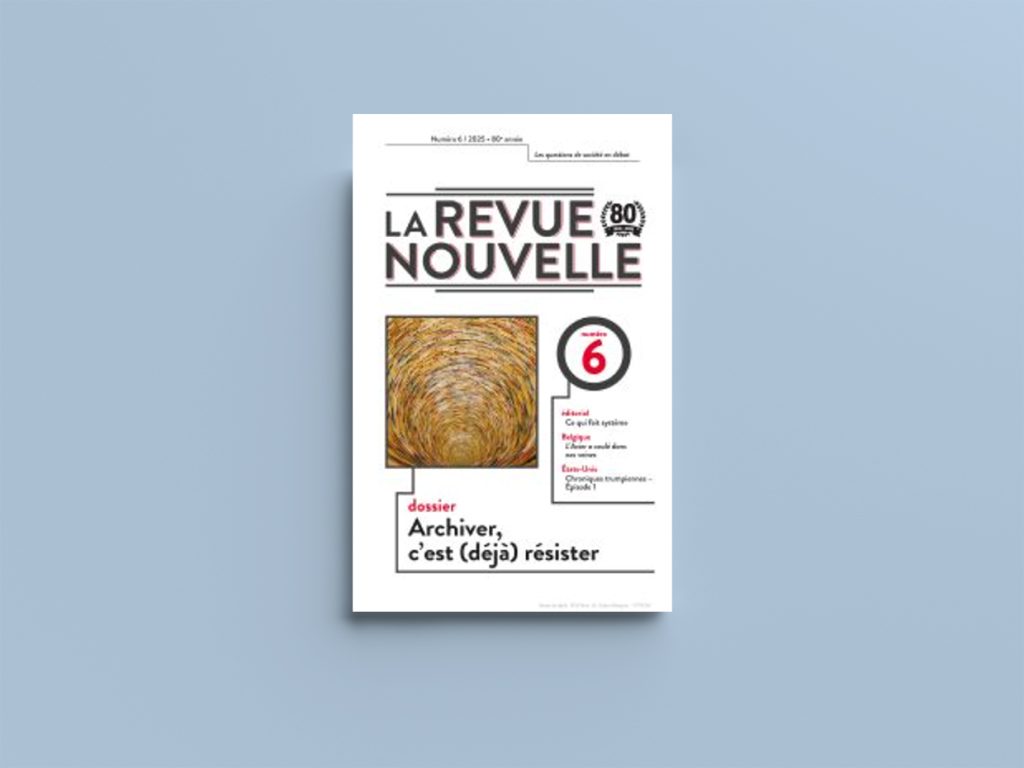
Art and care
The objectification of patients has become normalized: Virginie de Wilde describes how new patients are admitted into hospital by scanning a barcode attached to their wrist. While the process is efficient and secure, the reduction of a person’s identity to a barcode contradicts the ethos of care. The simple act of asking somebody’s name turns the interaction between patient and carer into a genuine encounter between human beings. This connection that is being sacrificed on the altar of efficiency, writes de Wilde.
Les Veilleuses is project honouring the ‘silent gestures, discreet presences, and tiny but essential moments of attention that comprise the dignity of care’ as a form of ‘soft resistance’ to the dominance of data and performance metrics in hospitals. Healthcare is structured by the drive for efficiency and speed, but complaints about ‘lack of recognition,’ ‘loss of meaning’ and ‘dehumanization’ are increasingly common in the language of medical professionals.
Les Veilleuses attempts to counter this dehumanization by inviting artists into the hospital, ‘not to decorate or beautify, but … to reveal what needs to be preserved and what may be being obscured or destroyed’, writes de Wilde. The project is intended ‘to offer carers an opportunity to bear witness to the intimacy of care through new mediums’. Artworks inspired by encounters between carers and patients are displayed in exhibitions both within the hospital and outside it, giving visible form to the quiet, often invisible beauty of the act of care.
Arts and archaeology
Another project brought to life by Ohme was an encounter between ‘two specialist worlds, each operating in its own bubble but sharing the same vocabulary, references and passion’. Héloïse Colrat, an artist who works with glass, and Alicia Van Ham-Meert, an archaeological scientist, joined forces on a mission to recreate a medieval glass mix found in the stained-glass windows at the Abbey of Stavelot, using only natural materials from the vicinity.
Through a process of trial and error, they perfected the mix, which was then used in a workshop where students fashioned glasses inspired by the ‘trick glasses’ of the Middle Ages. These curious creations, relying on ‘physical laws like the siphon principle or air suction’ to create surprising effects, once served to impress diners at medieval banquets.
Both came out of the project with a deeper understanding: Colrat gained valuable insight into the molecular nature of the material she uses every day in her workshop, while Van Ham-Meert’s new awareness of the viscosity and plasticity of glass will inform her archaeological research into medieval glass-blowing techniques. But above all, the project was ‘a human adventure that enriched its participants, taking them out of their comfort zones … and encouraging openness to other worlds and other people’.
Political imagination
François Foret approaches ArtScience as a ‘symbolic, political, and cultural practice’ that can shed light on the complex and often remote structures that shape our world – such as the EU. Both art and science seek to make sense of a world experiencing accelerated change, with traditional sources of authority and meaning in flux, argues Foret. ‘More than just an accessory to science, art is its counterpart, or even competitor, both as a means of unveiling the world and as a response to the great metaphysical questions.’ ArtScience emerges as an essential method of interrogation and imagination that can foster new modes of perception in a disoriented world.
The EU is particularly inaccessible to art, both because of its deliberate abstraction, as reflected in its functional architecture and the bland, non-specific motifs on its currency, and because of its distance from citizens’ everyday lives. But it is precisely artistic practices that can step into this void, ‘giving body to’ a seemingly disembodied political structure.
Be it defence ministers taking inspiration from science fiction or researchers honing their skills in participatory theatre, the fusion of art and science can expand our horizons and reveal unexpected perspectives. Ultimately, the real question is not whether art and science are compatible, writes Foret, but ‘how their union can help us imagine, transform, and create spaces where imagination once again becomes a political act’.

Published in cooperation with CAIRN International Edition, written by Cadenza Academic Translations.

